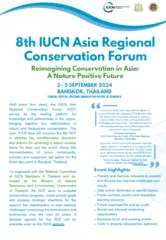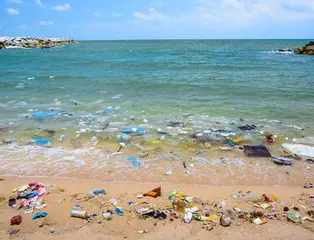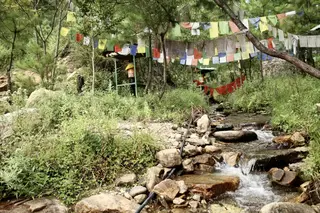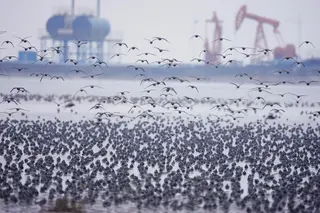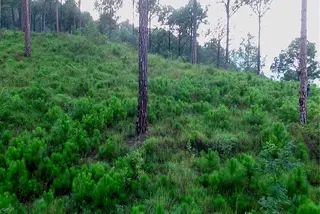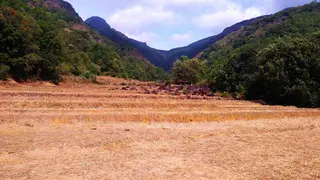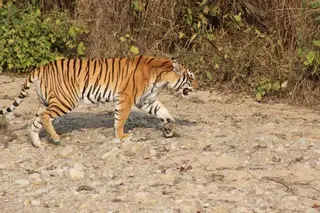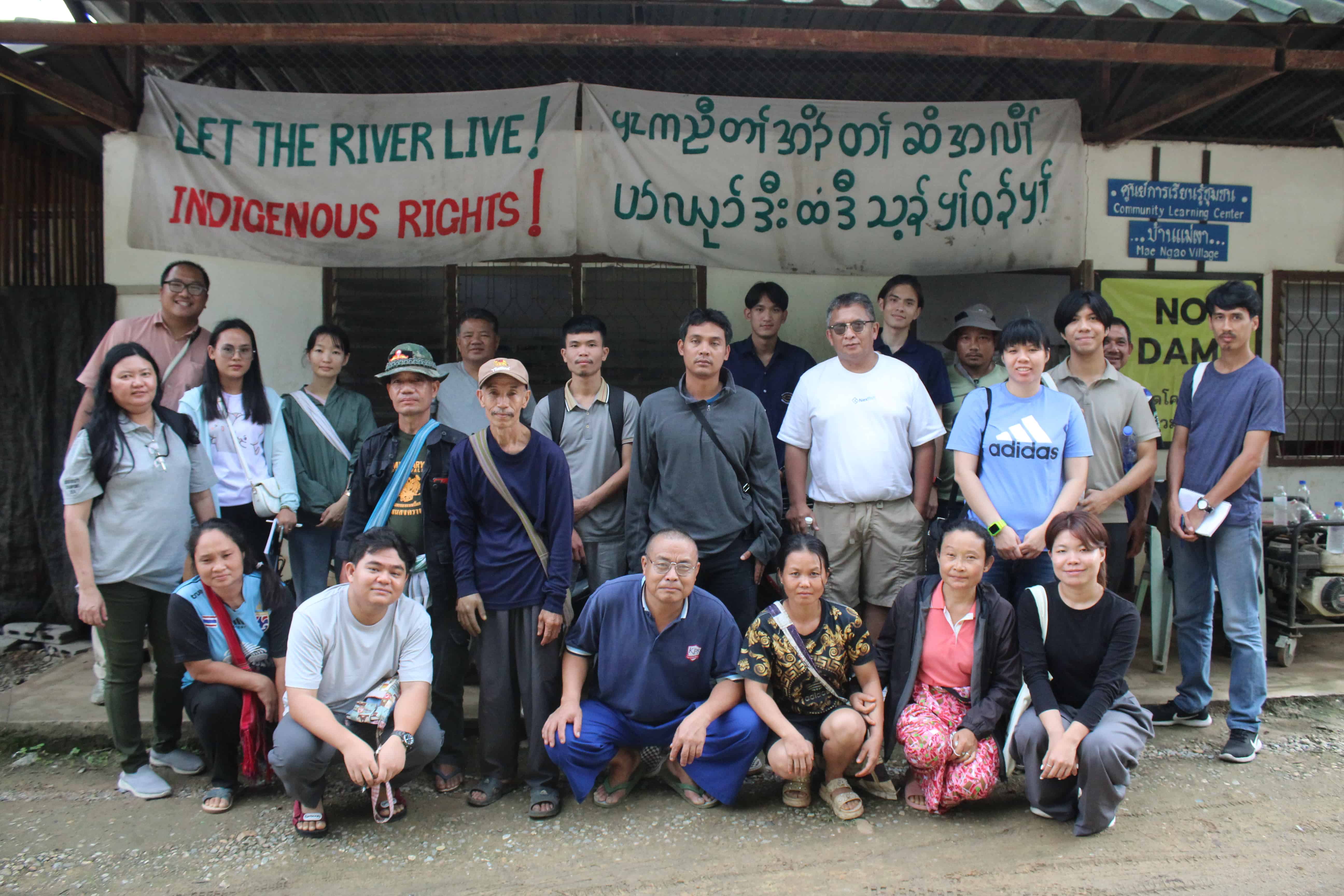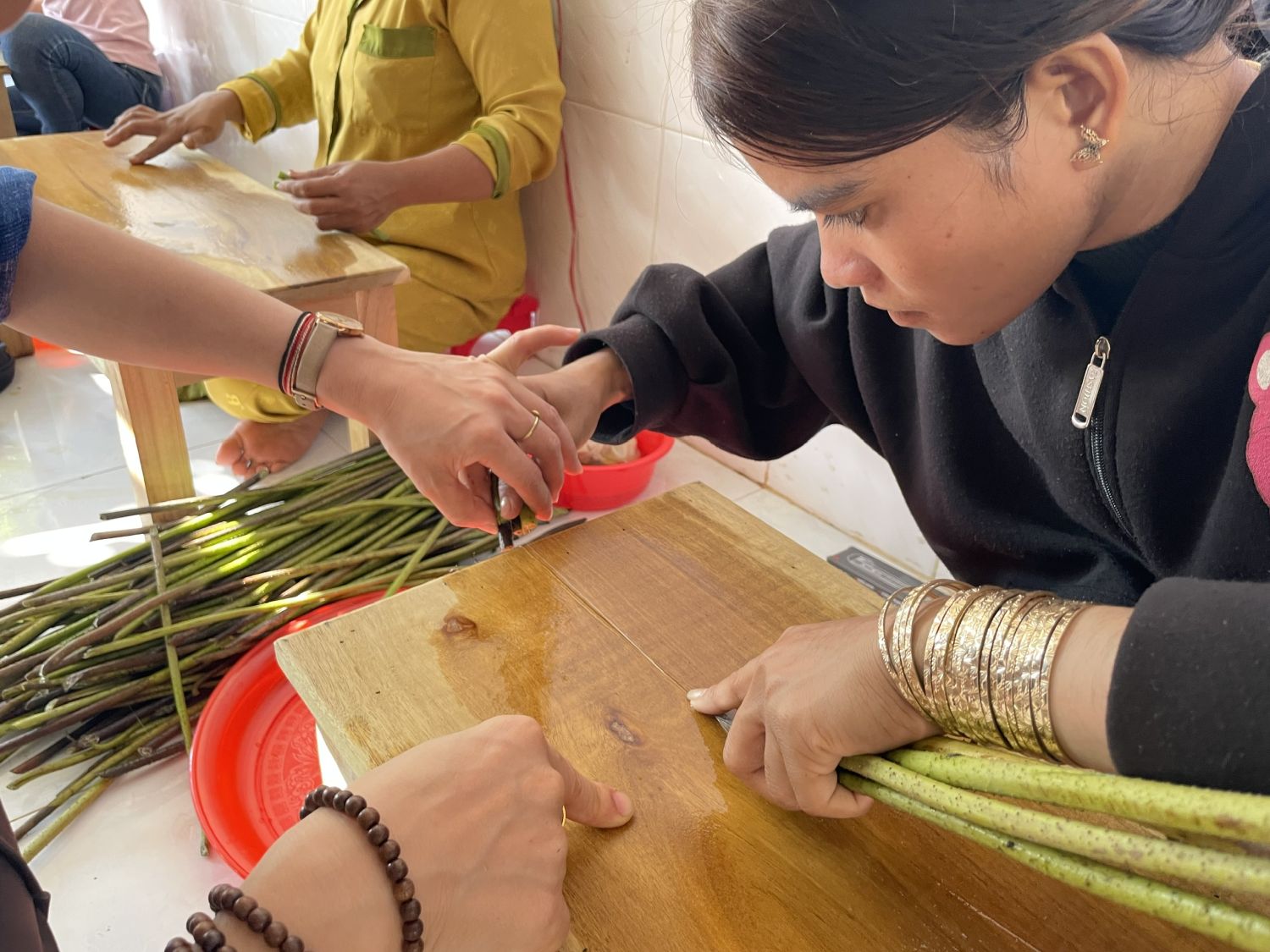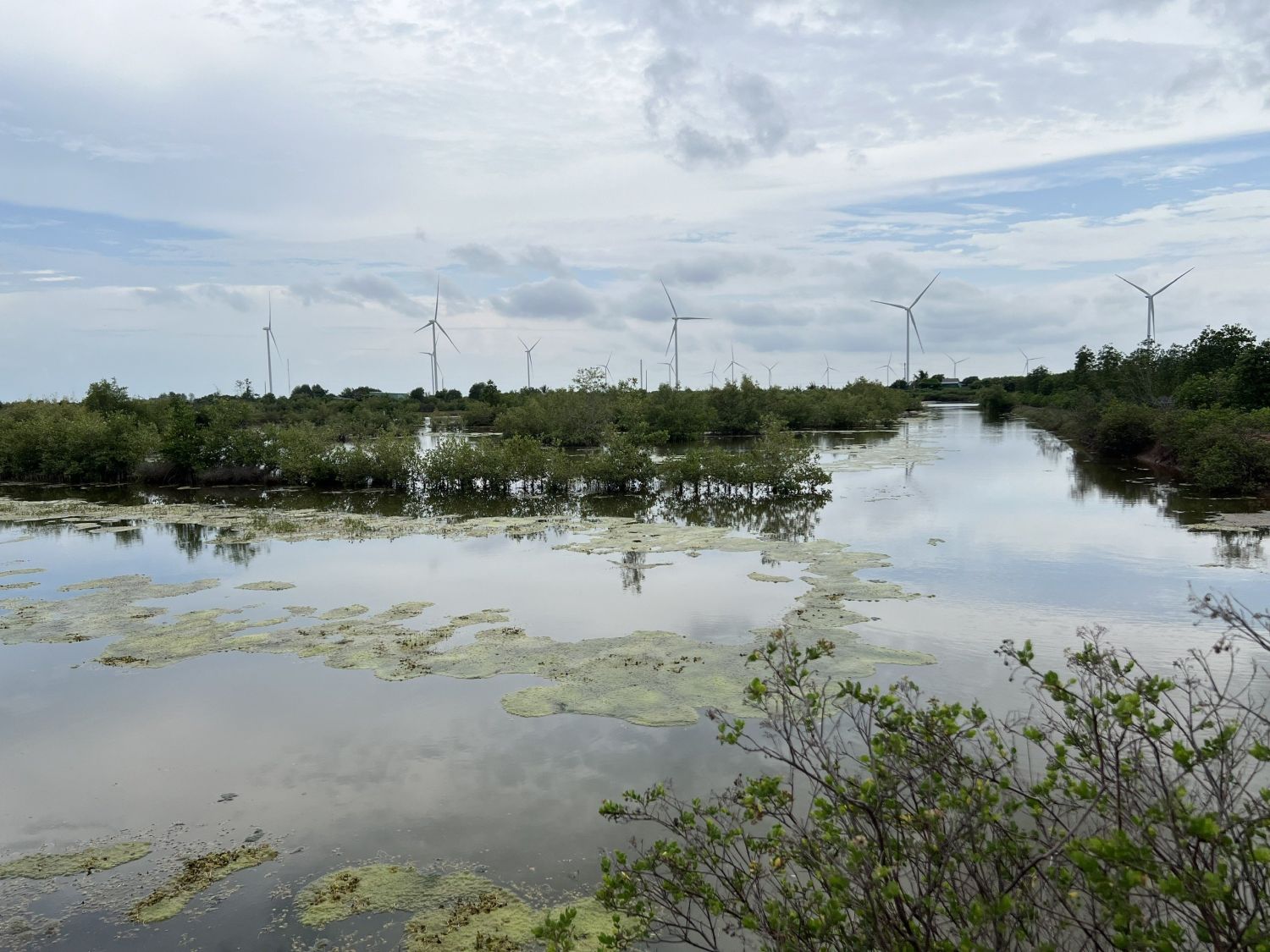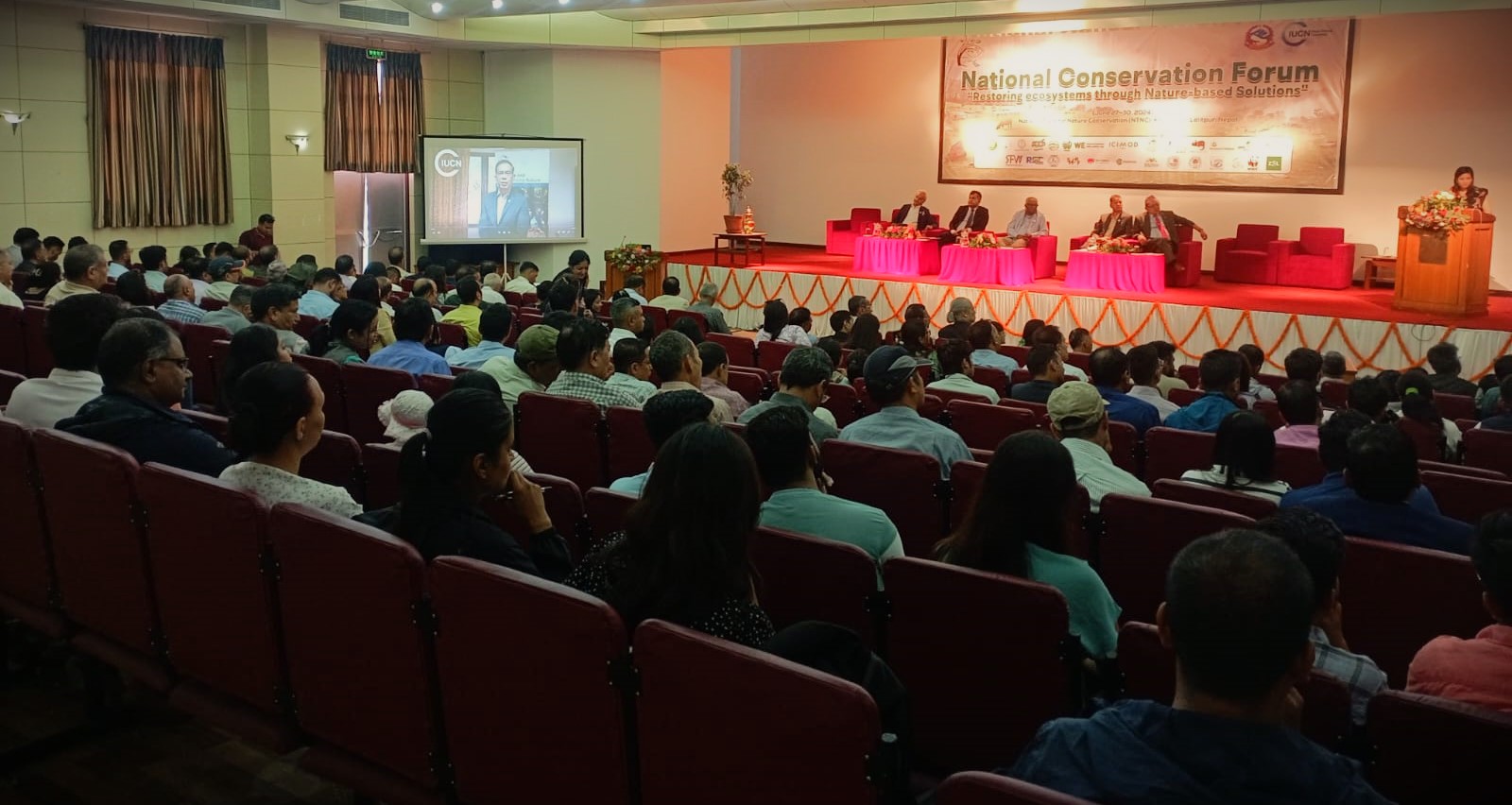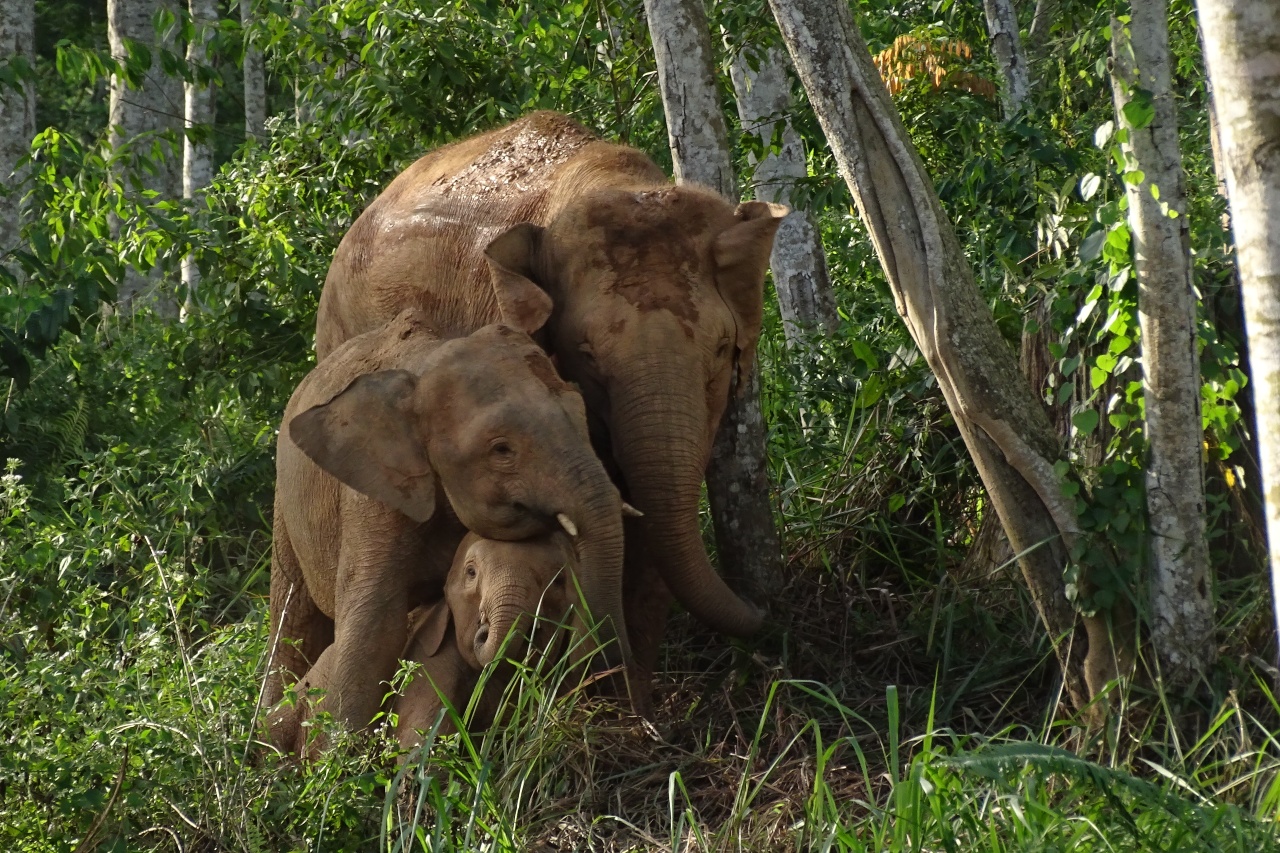Asia: a rich and dynamic region
Well managed, healthy and diverse ecosystems and the diversity of life they encompass are critical for a healthy, safe and prosperous world. They provide us with food, clean air and water, energy, shelter, medicine, recreation and inspiration. Some of the region's greatest wealth is contained in natural forests, mountains, wetlands, marine habitats and other ecosystems.
The dynamic economic growth experienced in Asia is driving dramatic losses of biodiversity, which in turn impacts the health of societies and economies as well as increase the vulnerability of many countries to the impacts of climate change and disasters.
This year, IUCN Asia will convene the 8th Regional Conservation Forum (RCF) to address key transformative directions and actions for achieving a nature positive future for Asia and the world. About 500 representatives of Union constituents, partners and supporters will gather for the three-day event in Bangkok, Thailand. Find more about the RCF on this page: The 8th IUCN Asia Regional Conservation Forum (RCF 2024) | IUCN

